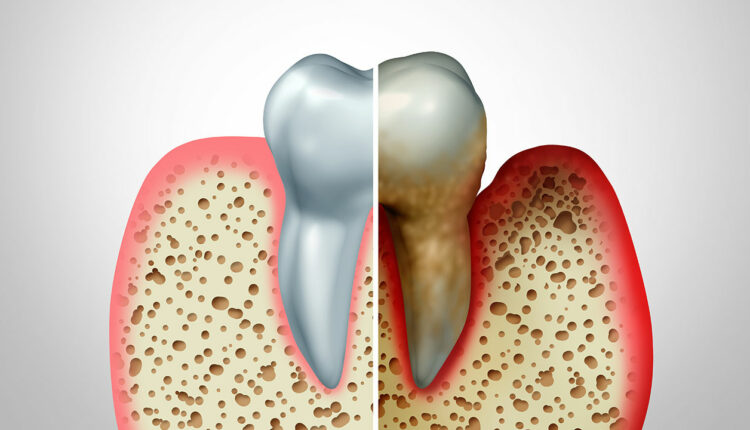 wildpixel / iStock / Getty Images Plus
wildpixel / iStock / Getty Images Plus
Study Explores Impact of Ignoring Oral Hygiene
The more we understand about periodontal diseases, the more we realize their ties to myriad systemic problems.
Studies have shown the pathogenesis of periodontal diseases to be multifactorial, involving complex interactions between host microbiota and other factors. In a recent study, American and Canadian researchers collaborated to better understand the role oral microbiota play in the development and resolution of gingivitis.
Through the use of the experimental gingivitis model, which employs induction and resolution phases, they investigated how the oral microbiome fares when oral hygiene practices are suspended. By using this model, the researchers were able to conduct a longitudinal study of oral microbiota and other aspects of disease progression without inflicting lasting harm on study participants.1
LEVEL PLAYING FIELD
Fifteen healthy study subjects, ranging in age from 19 to 29, with no oral disease, were recruited through the University of Toronto, Faculty of Dentistry. During these pretrial visits, the researchers collected samples from the tongue and saliva, as well as from sub- and supragingival plaque to establish a bacterial burden baseline. The subjects also received an oral exam, prophylaxis, and scaling, and were then instructed to suspend oral hygiene practices for 21 days.
The subjects then attended seven clinical visits during the induction phase for sample collection taken by a single clinician to maintain consistency. Assessments involved full-mouth pocket-depth measurements and bleeding on probing was noted.
At the end of this period, subjects received an oral exam and prophylaxis; they were told to resume oral hygiene practices. They received new toothbrushes to avoid microbial contamination from previously used toothbrushes. For an additional 2 weeks, subjects underwent final clinical assessments and sample collection to confirm restoration of gingival health.
BACTERIAL SHIFTS
The study revealed significant shifts in individual taxonomic groups with disease onset. Salivary and tongue samples showed a more stable microbial composition than that of sub- and supragingival plaque samples.
During the first three weeks of the trial, researchers reported both upward and downward shifts in several bacteria. For example, the researchers note that prior to the start of the trial, the most abundant bacteria in the subgingival samples were Streptococcus (17.89%), Neisseria (9.58%), Prevotella (8.92%), Fusobacterium (8.57%), and Veillonella (6.33%).
After 3 weeks without oral hygiene, the distribution changed to Prevotella (21.00%), Fusobacterium (17.38%), Capnocytophaga (6.73%),
Veillonella (4.85%), and Porphyromonas (4.54%). Supragingival results mirrored these shifts closely.
Interestingly, however, known periopathogens, such as P. gingivalis, were shown to have a statistically insignificant increase from a very low abundance, while T. denticola and T. forsythia abundance decreased. The researchers speculated that although the proportions of these organisms are typically higher in full-blown periodontal diseases, such a low showing in this study may indicate that their role in early gingivitis is limited.
BACK TO NORMAL
This study demonstrates how oral hygiene cessation can impact the oral microbiome. Significant bacterial changes were observed as a result of cessation of oral hygiene. These changes were reversed once normal oral hygiene maintenance was resumed, reinforcing the impact regular oral healthcare can make.
Through this study, the researchers hope to enhance identification of bacteria that are clinically relevant to gingivitis and periodontal diseases. They surmise that by better understanding how bacterial dynamics change in response to the induction and resolution of gingival inflammation, we may have a better shot at developing prognostic tests and probiotics to combat severe oral disease.
Reference
- Hall MW, Wellappuli NC, Huang RC,et al. Suspension of oral hygiene practices highlights key bacterial shifts in saliva, tongue, and tooth plaque during gingival inflammation and resolution. ISME Commun. 2023;3:23.

